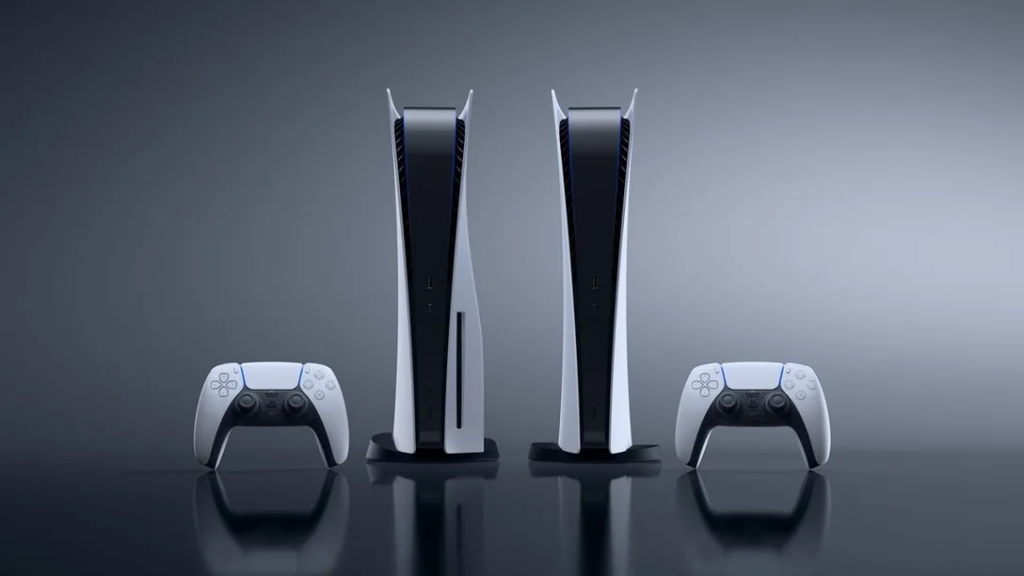The original PlayStation was born out of Sony listening to developers and creating a platform that was as much for the creators as it was for the players. When doing research and development for the PS5, Sony did the same thing, building the optimal console for developers to work with. And system architect Mark Cerny says that the PS5 has seen “miraculously little pushback”…







